Breadcrumb
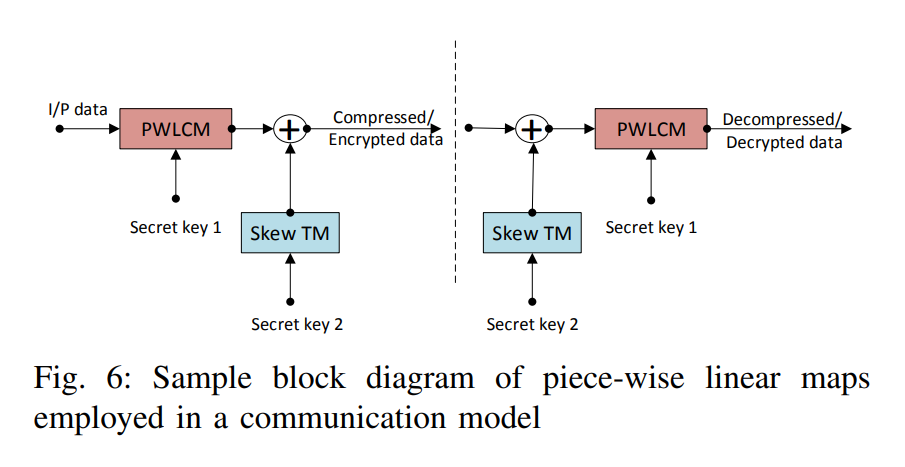
Double-sided bifurcations in tent maps: Analysis and applications
The tent map is a piece-wise linear one-dimensional discrete map which could be implemented easily. In this paper, a signed system parameter is allowed leading to the appearance of bidirectional bifurcations. A set of proposed tent maps with different sign variations and a signed parameter are investigated where the conventional map is a special case. The proposed maps exhibit period doubling as a route to chaos with wider and alternating sign output ranges that could fit multiple applications. Based on the maximum achievable output range corresponding to maximum chaotic behavior, the
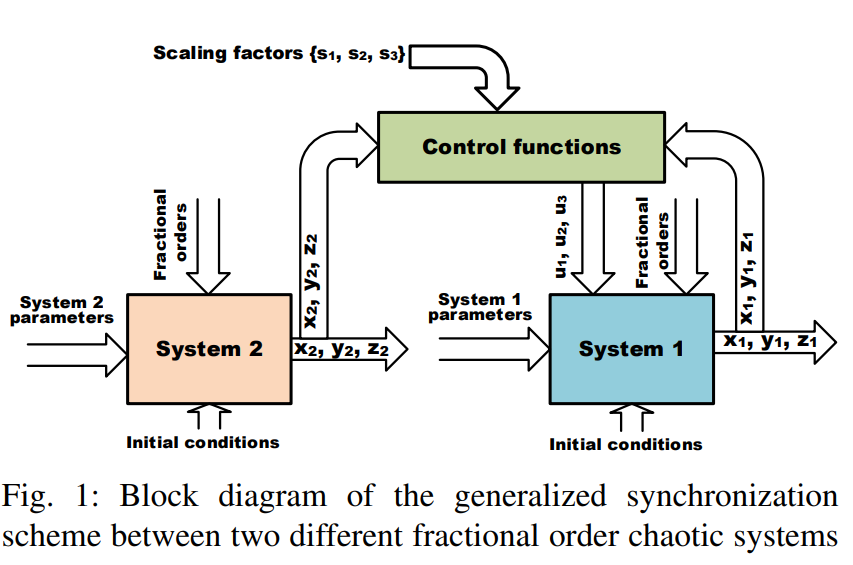
Generalized synchronization involving a linear combination of fractional-order chaotic systems
In this paper, a generalized scheme for synchronizing a fractional order chaotic system with another one or with a linear combination of two other fractional order chaotic systems is presented. Static (time-independent) or dynamic (time-dependent) synchronization that could generate multiple scaled versions of the response is discussed for some fractional order continuous chaotic systems based on differential equations. Non-Standard finite difference method suitable for fractional order chaotic systems is used to solve each system and get the responses. Analysis in the generalized fractional
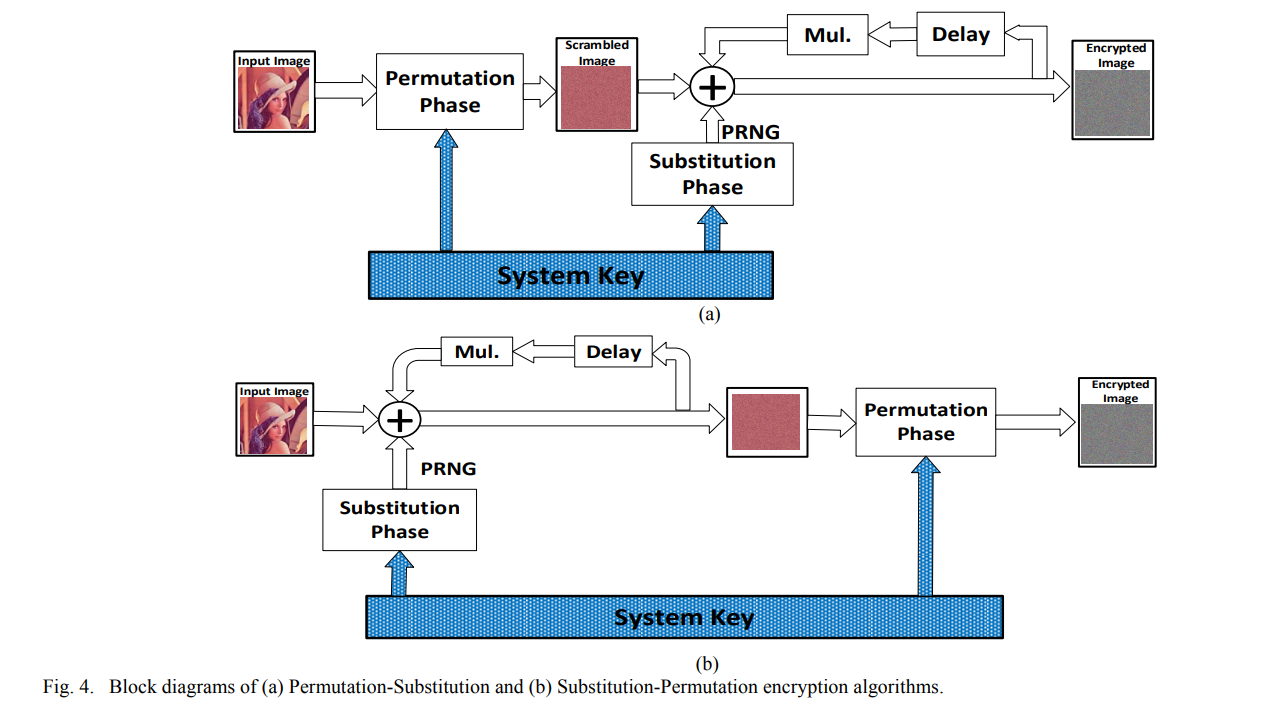
Image encryption algorithms using non-chaotic substitutions and permutations
This paper presents substitution and/or permutation symmetric-key encryption algorithms based on non-chaotic generators. While the substitution algorithm is based on fractals with delay and multiplexer elements, permutations are achieved via a chess-based algorithm. A comparison of four different cases; substitution-only, permutation-only, substitution-permutation and permutation-substitution; is introduced taking into consideration their encryption analysis results and sensitivity. Three different standard images; Lena, pepper and airplane; are tested for each algorithm to validate the
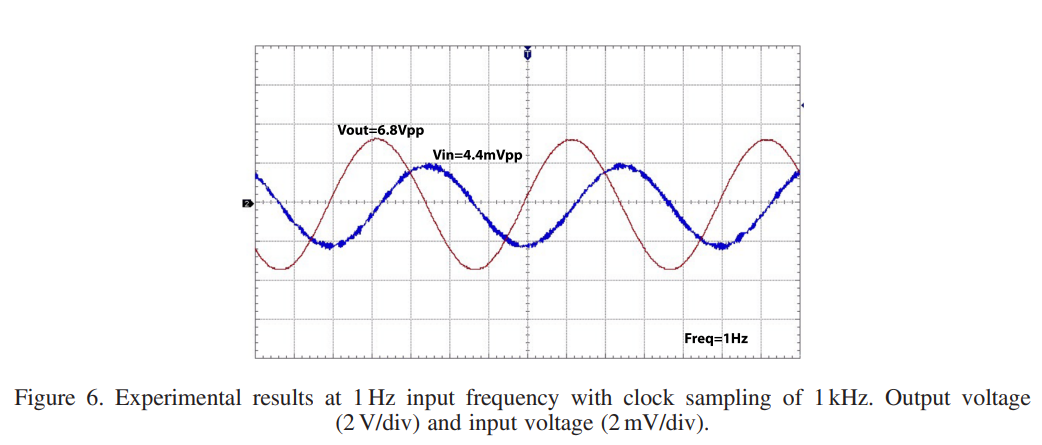
Analysis and realization of a switched fractional-order-capacitor integrator
Using fractional calculus, we analyze a classical switched-capacitor integrator when a fractional-order capacitor is employed in the feed-forward path. We show that using of a fractional-order capacitor, significantly large time constants can be realized with capacitances in the feedback path much smaller in value when compared with a conventional switched-capacitor integrator. Simulations and experimental results using a commercial super-capacitor with fractional-order characteristics confirmed via impedance spectroscopy are provided. Copyright © 2016 John Wiley & Sons, Ltd. Copyright © 2016

Security and Efficiency of Feistel Networks Versus Discrete Chaos for Lightweight Speech Encryption
This paper compares examples of non-chaotic and chaotic ciphers from the viewpoint of their suitability for speech encryption, especially in real-time and lightweight cipher systems. The non-chaotic encryption scheme depends on a modified Generalized Feistel Network (GFN), Linear Feedback Shift Register (LFSR) and Substitution Boxes (S-Boxes). The chaotic encryption scheme utilizes a generalized modified tent map with multiple modes of operation. The security and efficiency of both schemes are analyzed using the perceptual tests: time waveform and spectrogram; the statistical tests: histogram
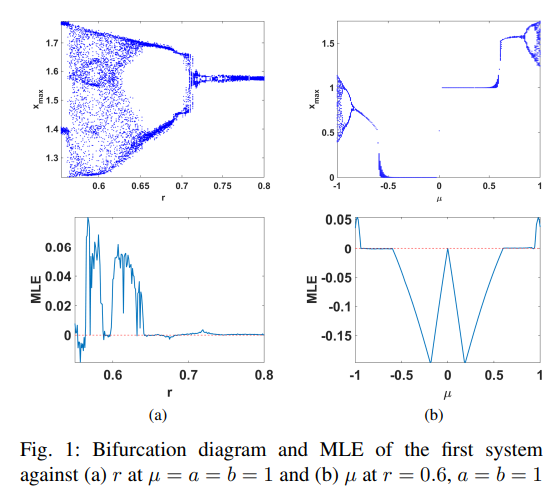
Chaotic systems based on jerk equation and discrete maps with scaling parameters
In the recent decades, applications of chaotic systems have flourished in various fields. Hence, there is an increasing demand on generalized, modified and novel chaotic systems. In this paper, we combine the general equation of jerk-based chaotic systems with simple scaled discrete chaotic maps. Numerical simulations of the properties of two systems, each with four control parameters, are presented. The parameters show interesting behaviors and dependencies among them. In addition, they exhibit controlling capabilities of the ranges of system responses, hence the size of the attractor diagram
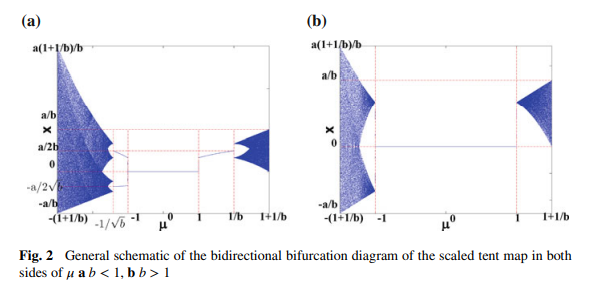
Chaos and bifurcation in controllable jerk-based self-excited attractors
In the recent decades, utilization of chaotic systems has flourished in various engineering applications. Hence, there is an increasing demand on generalized, modified and novel chaotic systems. This chapter combines the general equation of jerk-based chaotic systems with simple scaled discrete chaotic maps. Two continuous chaotic systems based on jerk-equation and discrete maps with scaling parameters are presented. The first system employs the scaled tent map, while the other employs the scaled logistic map. The effects of different parameters on the type of the response of each system are
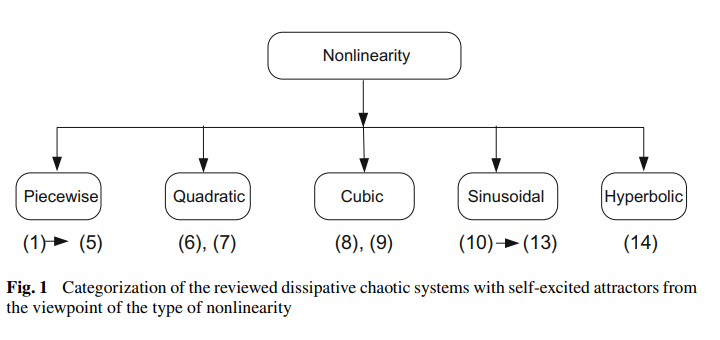
Self-excited attractors in jerk systems: Overview and numerical investigation of chaos production
Chaos theory has attracted the interest of the scientific community because of its broad range of applications, such as in secure communications, cryptography or modeling multi-disciplinary phenomena. Continuous flows, which are expressed in terms of ordinary differential equations, can have numerous types of post transient solutions. Reporting when these systems of differential equations exhibit chaos represents a rich research field. A self-excited chaotic attractor can be detected through a numerical method in which a trajectory starting from a point on the unstable manifold in the
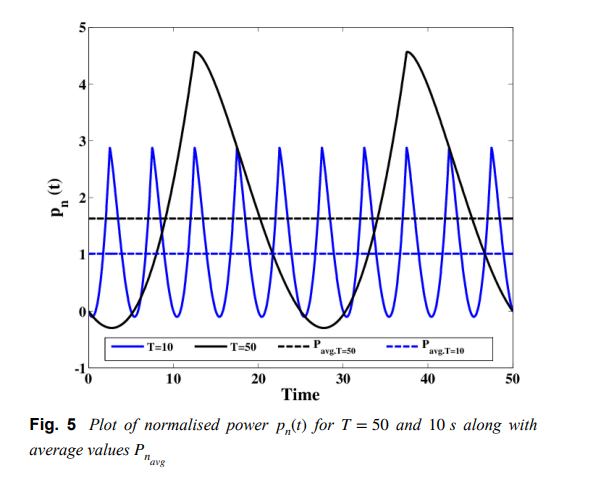
Low-voltage commercial super-capacitor response to periodic linear-with-time current excitation: A case study
The response of a commercial super-capacitor to an applied periodic current excitation in the form of a triangular waveform is investigated in this study. This waveform has a linear-with-time variation which enables linear charging and discharging of the device. A model consisting of a linear resistance Rs and a constant phase element is used to describe the super-capacitor impedance and expressions for the voltage across the device, the power, and stored energy are derived using concepts from fractional calculus. Experimental results are shown and an application of the study to super
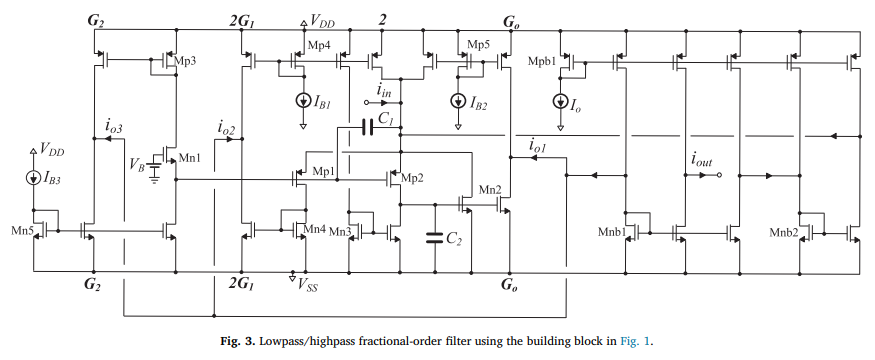
Design and application examples of CMOS fractional-order differentiators and integrators
Reduced complexity CMOS fractional-order differentiator and integrator building blocks are introduced in this work, based on 2 nd -order integer-order transfer function approximations. These blocks are then used for implementing fractional-order filters as well as a Leaky-Integrate-and-Fire Mihalas-Niebur neuron model. Cascading 1 st and 2 nd -order blocks to obtain 5 th -order integer-order transfer functions, improved bandwidth of approximation accuracy is achieved. Furthermore, the realization of fractional-order capacitor and inductor emulators is demonstrated. © 2018 Elsevier Ltd
Pagination
- Previous page ‹‹
- Page 12
- Next page ››
